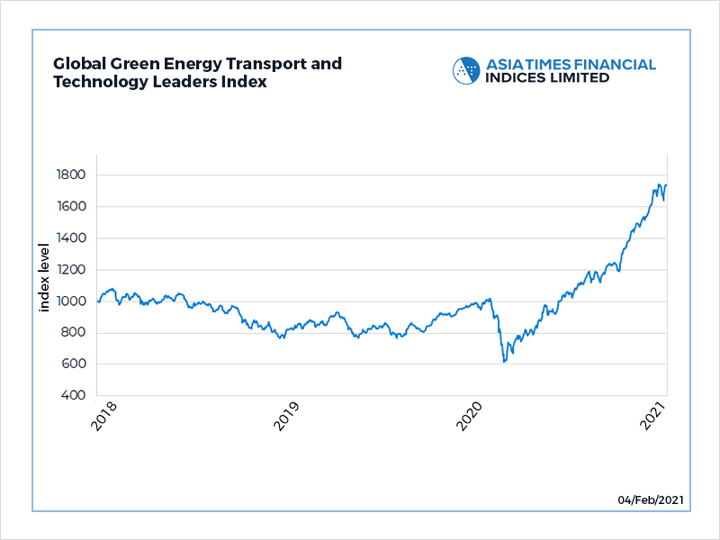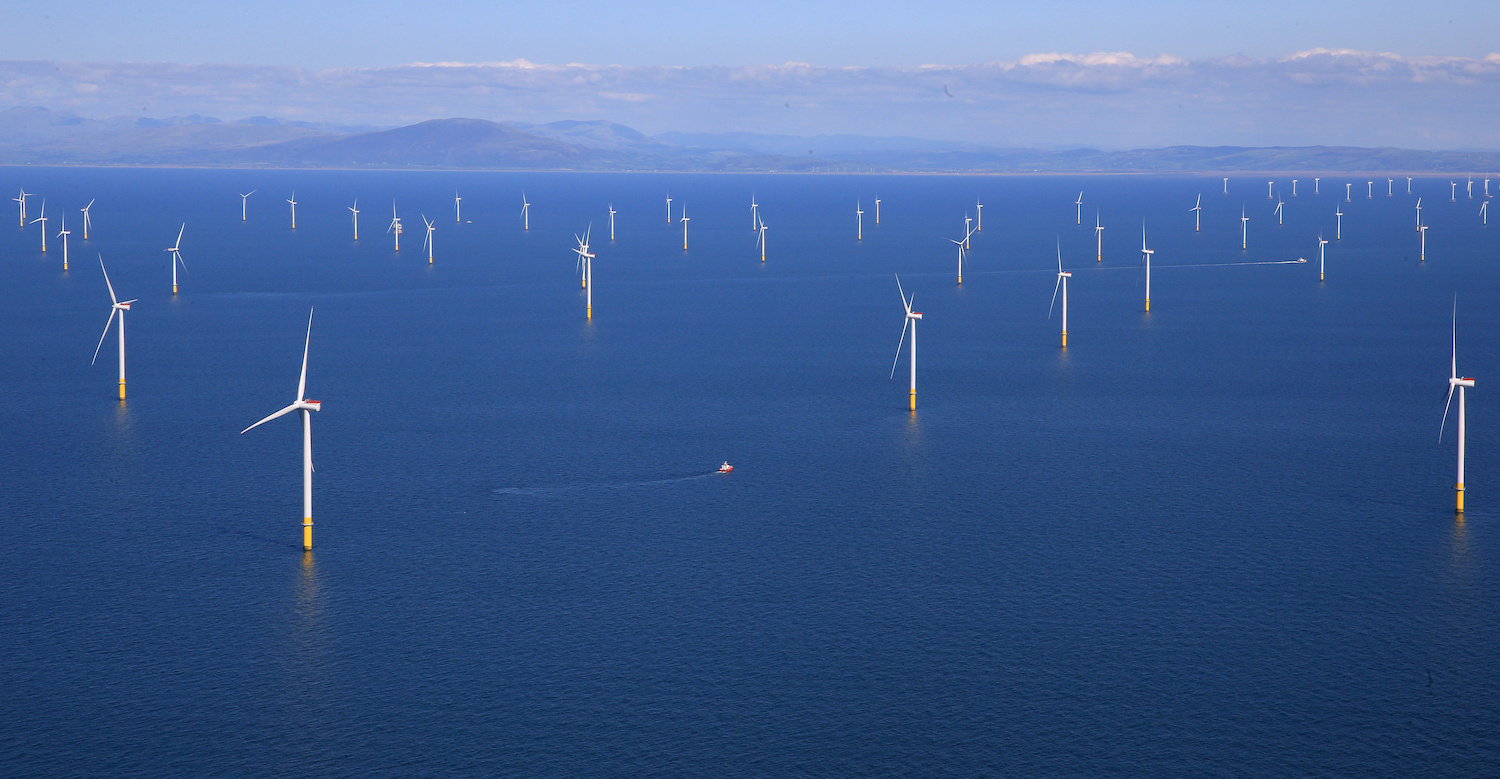(ATF) South Korean President Moon Jae-in signed a $43-billion deal on Friday (Feb 5) to build the world’s biggest offshore wind power complex.
The move, part of his government’s New Green Deal agenda is part of plans for the country to achieve carbon neutrality by 2050 – and phasing out nuclear power.
South Korea has few energy resources of its own and relies on imported coal – the “cheap and dirty” fuel fast becoming the most hated product globally – for around 40% of its electricity.
Moon declared the carbon neutrality goal last year but the president also wants to get rid of nuclear power, by shifting the country to renewable energy sources.
The South Korean leader oversaw the signing of the 48 trillion won ($43 billion) agreement to build the complex off Sinan in the country’s southwest, which he said would be seven times bigger than the world’s current largest offshore wind farm.
With a maximum capacity of 8.2 gigawatts, the government is banking on it being the equivalent of six nuclear power stations.
Moon said that the country’s position on the Korean peninsula gave it a geographical advantage.
“We have the infinite potential of offshore wind power to the sea on three sides, and we have the world’s best technology in related fields,” he said.
“With this project, we are accelerating the eco-friendly energy transition and moving more vigorously toward carbon neutrality.”
The agreement involves 33 different entities, ranging from regional governments, the electricity generator KEPCO, and major private firms including Doosan Heavy Industries & Construction and SK E&S.
The government said the project would provide up to 5,600 jobs and help achieve a goal to boost the country’s wind power capacity to 16.5 GW by 2030 from 1.67 GW now.
But Moon warned it could take more than five years to start construction, although the government would try to accelerate the process.
Seoul last year announced a target of becoming one of the world’s top five offshore wind energy powerhouses by 2030.
South Korea also plans to cut its existing nuclear power plants – currently the country’s only significant low-carbon energy source – from 24 to 17 by 2034, reducing the sector’s energy output by nearly half.
Currently, the world’s largest offshore wind farm is Hornsea 1 in Britain, which has 1.12 GW capacity.

with reporting by AFP
























